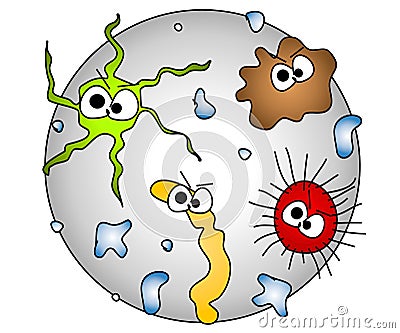1) The Fertile Crescent located in the east-west axis gave a huge advantage to the Spaniard Conquistadors to conquer land.
2) The Aztecs and the Incan Empire both fell against the spaniards.
3) Total of over 100 trades were made in Spain with other civilizations beforehand conquering civilizations.
4) The Agricultural Revolution lead to specialization and the Bronze Age that also lead to the Iron Age.
5) Beast of Burden were used in the ancient civilizations while the other civilizations that went through Agricultural Revolution beforehand were using machines instead of animals.
6) Hernan Cortez conquered the Aztec before Francisco Pizzaro conquered the Incans.
7) Iron age came with new weapons and armors for an example swords and guns.
8) The civilizations in the fertile crescent is so far known to be the first civilizations that learned how to farm.
9) The Gutenburg Press (a.k.a Printing Press) was the greatest invention that is a factor of the huge advantages between the spaniards and other ancient civilizations with bad geographic luck.
10) The Papa New Guineans didn't have nessessary cargo needed to specialization unlike the spaniards.
11) Domesticated animals (13 domesticated animals of the east) developed germs that became huge weapons in conquests.
12) Domesticated plants also developed people from just eating meat to both meat & plant eaters.
13) Due to domesticated plants & animals lead to specialization that developed several jobs for people who don't have a job.
14) Specialization was a huge factor that removed the ancient world and lead to the modern world.
15) First piece of writing evolved since 5000 years ago.
16) Relative to fact 15, Cuneiform was one of the earliest writings realized in human history.
17) Goats were domesticated 10,000 years ago at the Zagros mountain in the modern-day Iran.
18) Stone Age came before writing was created
19) Corn is officially farmed by native americans and the most important crop in the U.S (ancient & modern)
20) Zebras weren't domesticated in africa since they were to hard to tame.
EXTRA: WE EXIST BECAUSE OF ALL THESE FACTS!!!











